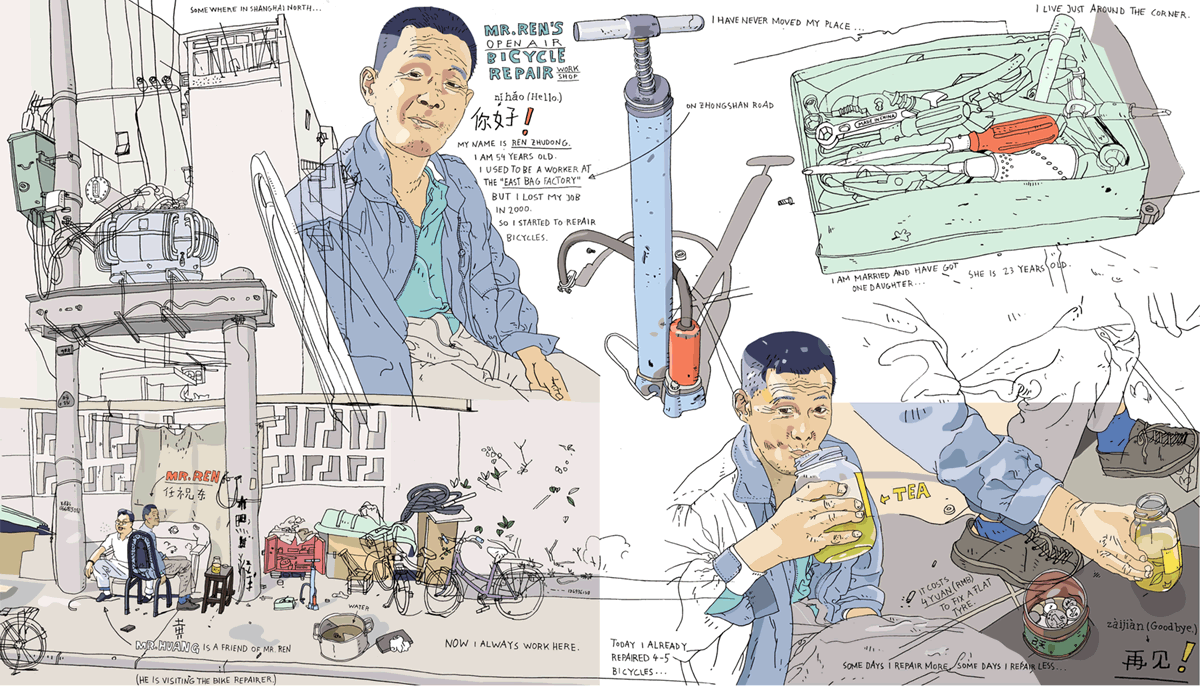Thursday, 27 January 2011
Wednesday, 19 January 2011
A little bit of nostalgia, maybe.
Dina Goldstein's "Fallen Princesses" series brings back childhood memories. Because we all grew up with Disney, as male chauvinist as it was.
Tuesday, 18 January 2011
Wednesday, 12 January 2011
ITAP 8
How does text affect an image and the emotion of an image?
An image by itself can say a thousand words, but many times adding text to it changes its meaning completely. A painting I have always loved (as I have always loved the artist that made it) in its apparent simplicity and extremely deep meaning is René Magritte’s “La trahison des images” (‘The treachery of images’). The painting shows a pipe, and if it had been left at that it would have been simply an extremely realistic drawing of a pipe. But below it are the words “Ceci n’est pas une pipe” (‘This is not a pipe’). These words alone give the image a whole different meaning: it is not a pipe, it is a painting of a pipe; five words indicate the concept that, however accurate a drawing or painting is, it is still a drawing.
Sometimes it can be the title of an artwork that completely changes its meaning. Once in an exhibition I saw a gorgeous photo (unfortunately I didn’t write down the name of the artist and can’t seem to find it anywhere) that showed a person standing on the edge of a pond or lake, skimming stones on the surface of it. The photo in itself was beautiful, but what hit me was the title: “Trying to make squares on the surface of a lake”.
An illustrator that uses a lot of text is the well known Olivier Kugler. His works tell the stories of the people he draws not only in images, but in a lot of words. While I find them interesting to look at, I think sometimes so much text can be overwhelming and gives the feeling of trying to compensate for something. His images are one with the text that accompanies and complement them, but I think I generally prefer straightforward, good drawings.
Text can revolutionize the meaning and the feel of an image, but sometimes a great drawing can talk without any additions.
ITAP 7
Developing Ideational Fluency / Overcoming Mindset
Being able to easily create and put on paper a great number of ideas is a great starting point for any project or job. Not necessarily all the ideas will be good, most will probably be mediocre at best, but having a quick mind gives you a lot of options to work from. This is not only something that comes naturally, but a skill that needs to be developed and constantly worked on. Good techniques to do this are brainstorming and mindmapping. Always having paper and pen is a good start, so that as soon as an idea comes to mind, or a brief is given, we can start jotting down ideas in any way the come to us. This way, nothing gets lost as it is all on paper, and even though most things might be irrelevant or too obvious, there will probably be a couple of good ideas that can be developed and can lead to a good outcome. Of course there are many ways to develop this skill, for example I always get a lot of ideas when doing research (and I end up doing a lot of it) or even just when talking to people.
Sometimes though only developing ideas from a mind extra conscious of the task at hand can get you stuck in a rut or make you hit the dreaded “brick wall”. Simply freeing your mind from whatever you are overthinking or changing the environment you’re working in are always very good tricks to start seeing things a different way. The Surrealists had developed quite a few different techniques to be able to constantly create unique and original things. They loved games to make the mind more irrational and able to develop ideas in a more free and creative manner. Other than the more obvious collage and cut-up techniques, one I’ve always found interesting is what they called “cadavre exquis” (literally, ‘exquisite corpse’) which consists in having a group of people, each with a piece of paper, collectively assembling a set of words or images. Each participant would write or draw in turn on a piece of paper, then folding it to hide all or part of the writing/drawing, then passing it on to the person next to them. The end composition is a set of completely random and different words or images, that can be the starting point for a final piece.

Subscribe to:
Posts (Atom)








